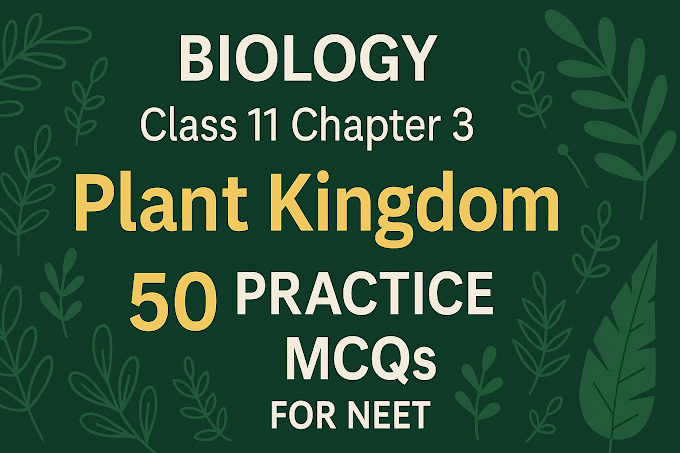Standard 11
Morphology of flowering plants
Morphology of flowering plants| Stem| NCERT short note| Best biology short note | standard 11
Note 2
The Stem | Modification of stem
The stem is the ascending part of the axis bearing branches, leaves, flowers and fruits.
It develops from the plumule of the embryo of a germinating seed.
The stem bears nodes and internodes.
Nodes: The region of the stem where leaves are born are called nodes.
Internodes are the portions between two nodes.
The stem bears buds, which may be terminal (at top) or axillary (in the corner of two branches at node)
Stem is generally green when young
Later often stem becomes woody and dark brown.
Functions of the Stem
The main function of the stem is spreading out branches bearing leaves, flowers and fruits.
It conducts water, minerals and photosynthates (compounds formed by photosynthesis process)
Some stems perform the function of storage of food, support, protection and of vegetative propagation.
Modifications of Stem
The stem may not always be typically like what they are expected to be.
They are modified to perform different functions.
> Storage of food
Underground stems of potato, ginger, turmeric, zaminkand, Colocasia are modified to store food in them.
They also act as organs of perennation (ability to survive in cold-dry conditions) to tide over conditions unfavourable for growth.
> Support
Stem tendrils which develop from
axillary buds, are slender and spirally coiled
They help plants to climb such as in gourds (cucumber, pumpkins, watermelon) and grapevines.
> Protection
Axillary buds of stems may also get modified into woody, straight and pointed thorns.
Thorns are found in many plants such as Citrus, Bougainvillea.
They protect plants from browsing animals.
> Photosynthesis
Some plants of arid regions (dry weather regions) modify their stems into flattened (Opuntia), or fleshy cylindrical (Euphorbia) structures.
They contain chlorophyll and carry out photosynthesis.
> Spread and vegetative propagation
Underground stems of some plants such as grass and strawberry, etc., spread to new niches and when older parts die new plants are formed.
In plants like mint and jasmine a slender lateral branch arises from the base of the main axis and after growing aerially for some time arch downwards to touch the ground.
A lateral branch with short internodes and each node bearing a rosette of leaves and a tuft of roots is found in aquatic plants like Pistia and Eichhornia.
In banana, pineapple and Chrysanthemum, the lateral branches originate from the basal and underground portion of the main stem, grow horizontally beneath the soil and then come out obliquely upward giving rise to leafy shoots.
If you have any doubts, please comment below.
Thank you for reading!
Keep learning!
Stay motivated!
Manish Mevada
Urvi Bhanushali







Please Do Not enter any sparm link in comment box